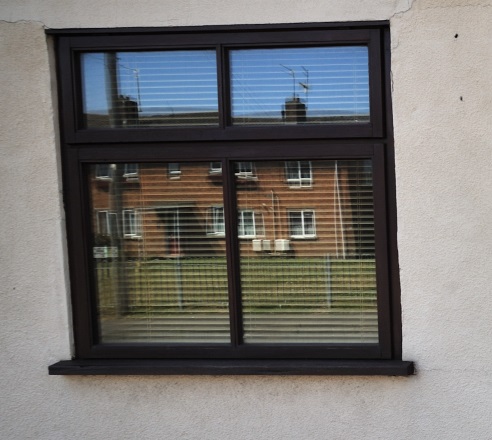Levels of C-reactive protein (CRP), a chemical associated with inflammation and stress, may be linked to housing type and tenure in the UK, according to a new study led by Dr Amy Clair for the ESRC Research Centre on Micro-Social Change at ISER, published in the Journal of Epidemiology & Community Health.
While observational, the findings nevertheless lend weight to the inclusion of health outcomes in housing policies, say the researchers.
The link between damp and cold indoor temperature – one of the ‘hard’ physical characteristics that have a direct impact on health – is well known. But attention is now being paid to the potential role of ’soft’ factors, such as housing affordability.
And although there’s extensive evidence for the links between housing and health outcomes, most of it draws on subjective measures of health.
The researchers wanted to look at a more objective and reproducible measure of health, so they opted for C-reactive protein, a chemical in the body that is associated with stress and inflammation.
They drew on data from Understanding Society, UK Household Longitudinal Study (UKHLS), an annual survey covering around 40,000 households in the UK. The data included extensive information from individuals and households, including housing tenure and type.
Blood samples were collected around five months after the main survey interview for 13,107 adults to assess CRP levels.
The final analysis was restricted to 9593 participants to include those aged over 21, to capture people less likely to still be in education and living with their parents, and those with CRP levels below 10 mg/l, as levels this high are indicative of recent infection.
Around one in five (just over 22%) of participants had a raised CRP level above 3 mg/l─a threshold associated with cardiovascular disease.
After taking account of potentially influential factors, certain housing types and tenure were associated with raised CRP.
Renters in the private sector had significantly higher CRP levels than home owners with a mortgage. And those living in semi-detached and terraced houses and flats had higher CRP than those living in detached properties.
Surprisingly, those with below average incomes who spent more than a third of it on housing had lower CRP.
This might be because higher proportional expenditure on housing secures better quality accommodation, the health benefits of which might outweigh any financial strain, suggest the researchers.
This is an observational study, and as such, can’t establish cause. And the researchers were unable to obtain any information on housing conditions, such as damp or mould, which might have influenced the findings.
But the observations found do back up other research linking housing type and health, they say.
“It may be that access to gardens or green space, which likely varies according to housing type, may partially explain this result, but this could not be tested with the current data,” they explain.
“The significant findings for housing type and tenure point to an influence of autonomy and control,” they add. “Where control is low, the sense of security is reduced, which may affect health through chronic stress responses.”
The findings support “arguments for greater consideration of the negative effects of the current private rented sector in the UK, characterised by greater insecurity, higher cost and lower quality than is typically found in other tenures,” they conclude.
Read Housing and health: new evidence using biomarker data
in the Journal of Epidemiology & Community Health
The Journal of Epidemiology & Community Health is one of more than 65 specialist journals published by BMJ. The title is the official journal of the Society for Social Medicine.
